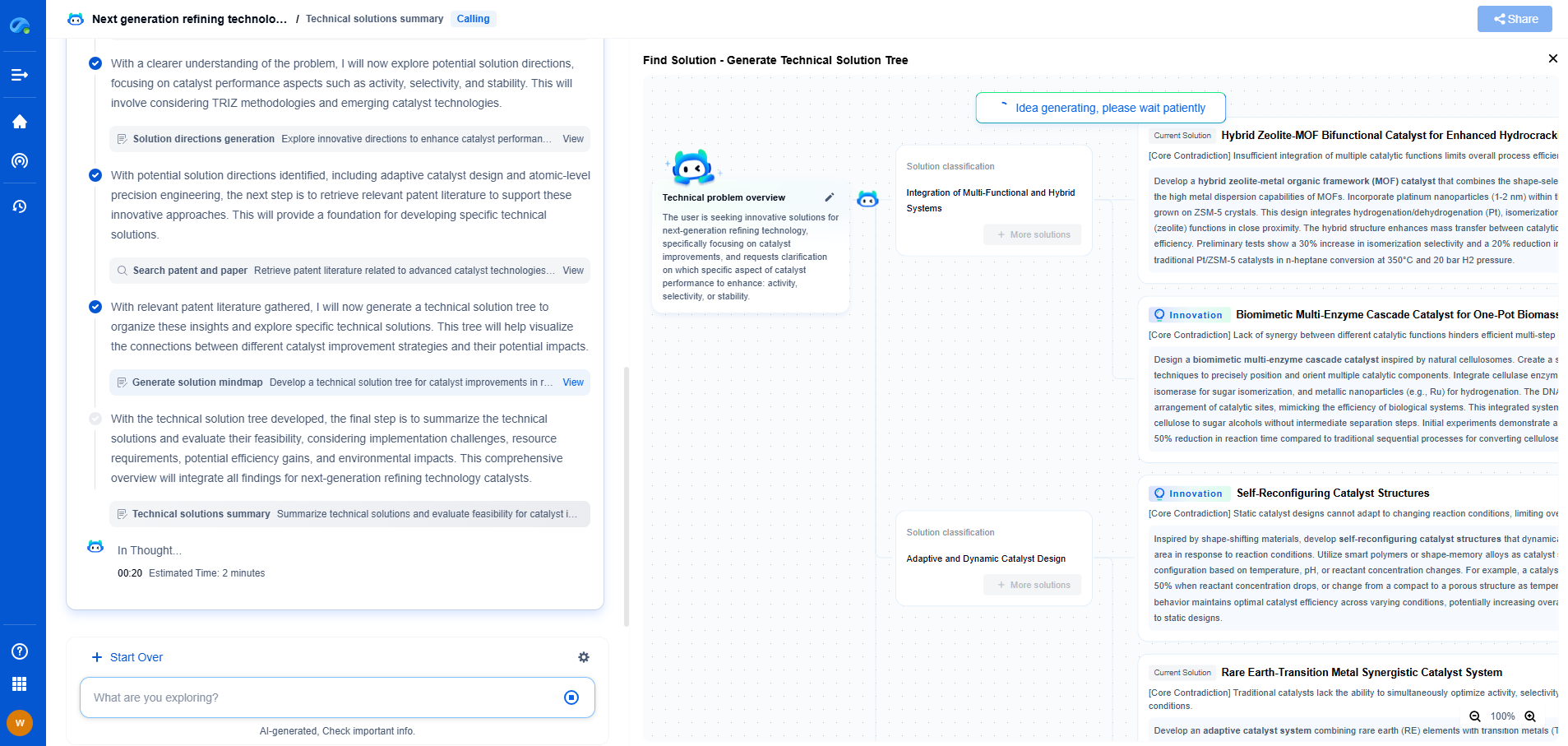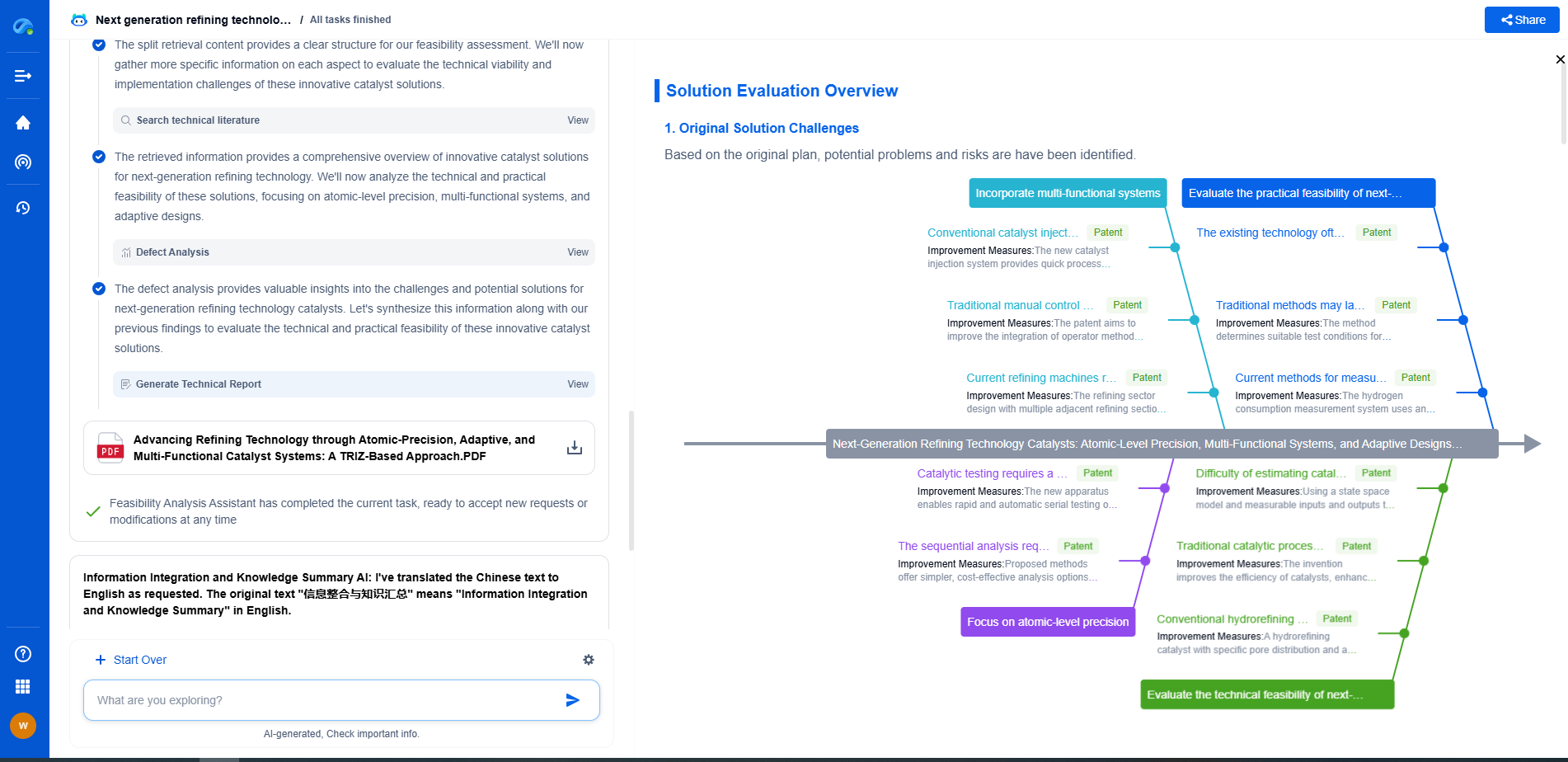What Is a Vibration Data Logger and How Does It Work?
JUL 16, 2025 |
In today's technologically advanced world, understanding and managing machinery vibrations is crucial for maintaining operational efficiency and extending the lifespan of equipment. That's where vibration data loggers come into play. These instruments are essential tools in various industries, including manufacturing, construction, and transportation, where machinery and equipment are pivotal to operations. But what exactly is a vibration data logger, and how does it function?
What is a Vibration Data Logger?
A vibration data logger is a device designed to monitor and record vibrations over time. It helps engineers and maintenance professionals detect patterns and anomalies in machinery vibrations, which can indicate issues such as imbalance, misalignment, or wear and tear. By capturing this data, businesses can proactively address potential problems before they lead to equipment failure or costly downtime.
How Does a Vibration Data Logger Work?
1. Components and Setup
A typical vibration data logger consists of several key components: sensors, a data acquisition system, storage, and often, software for analysis. The sensors, usually accelerometers, are attached to the equipment being monitored. These sensors detect the vibrations and convert them into electrical signals. The data acquisition system then processes these signals, allowing them to be stored for further analysis.
2. Data Collection and Storage
Once installed, the vibration data logger continuously collects data on the vibrations experienced by the equipment. Depending on the model, data can be recorded at various intervals, from seconds to hours, providing a comprehensive dataset for analysis. The collected data is stored in the device's memory and can be transferred to a computer or cloud-based system for further examination.
3. Data Analysis and Interpretation
The true value of a vibration data logger lies in its ability to provide actionable insights. After data collection, specialized software is often used to analyze the recorded vibrations. This software can identify patterns and trends, highlighting any deviations from normal vibration levels. By examining these trends, professionals can pinpoint potential issues, such as bearing failures or structural weaknesses, and plan maintenance accordingly.
Applications of Vibration Data Loggers
Vibration data loggers are widely used across various industries due to their ability to prevent equipment failure and optimize performance. In manufacturing, they ensure machinery runs smoothly, reducing downtime and maintenance costs. In construction, they monitor equipment like cranes and excavators to ensure safe and efficient operation. In the transportation industry, vibration data loggers help maintain vehicle health, enhancing safety and reliability.
Benefits of Using Vibration Data Loggers
1. Proactive Maintenance
By detecting anomalies early, vibration data loggers enable proactive maintenance, preventing unexpected breakdowns and extending the lifespan of equipment.
2. Cost Savings
Early detection of potential issues can lead to significant cost savings by reducing the need for emergency repairs and minimizing downtime.
3. Enhanced Safety
Monitoring vibrations ensures machinery operates within safe limits, protecting both the equipment and the personnel operating it.
4. Improved Efficiency
By maintaining equipment in optimal condition, vibration data loggers contribute to improved operational efficiency and productivity.
Conclusion
Vibration data loggers are indispensable tools in modern industry, providing invaluable insights into the health and performance of machinery. By understanding how these devices work and leveraging their capabilities, businesses can ensure their operations are efficient, cost-effective, and safe. As technology continues to advance, the role of vibration data loggers in predictive maintenance and operational excellence will only become more critical.
In the world of vibration damping, structural health monitoring, and acoustic noise suppression, staying ahead requires more than intuition—it demands constant awareness of material innovations, sensor architectures, and IP trends across mechanical, automotive, aerospace, and building acoustics.
Patsnap Eureka, our intelligent AI assistant built for R&D professionals in high-tech sectors, empowers you with real-time expert-level analysis, technology roadmap exploration, and strategic mapping of core patents—all within a seamless, user-friendly interface.
⚙️ Bring Eureka into your vibration intelligence workflow—and reduce guesswork in your R&D pipeline. Start your free experience today.
- R&D
- Intellectual Property
- Life Sciences
- Materials
- Tech Scout
- Unparalleled Data Quality
- Higher Quality Content
- 60% Fewer Hallucinations
Browse by: Latest US Patents, China's latest patents, Technical Efficacy Thesaurus, Application Domain, Technology Topic, Popular Technical Reports.
© 2025 PatSnap. All rights reserved.Legal|Privacy policy|Modern Slavery Act Transparency Statement|Sitemap|About US| Contact US: help@patsnap.com

